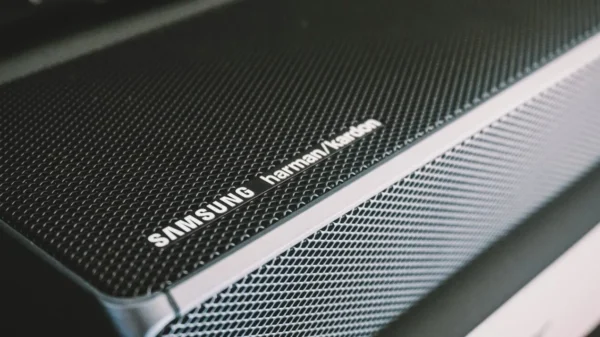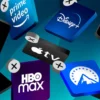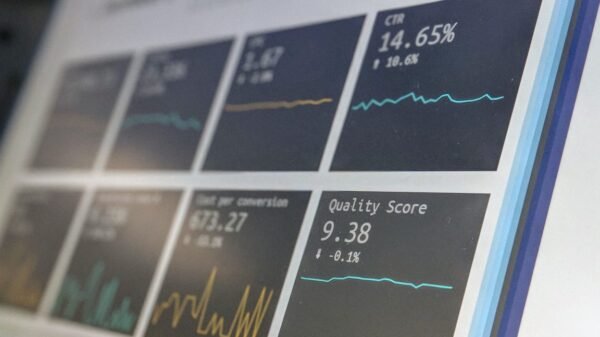In today’s fast-paced digital world, it’s becoming increasingly important to take a step back and unplug from our devices. The constant stream of notifications, emails, and social media updates can be overwhelming and can negatively impact our mental and physical well-being. That’s where the concept of a “digital detox” comes in.
What is a Digital Detox?
A digital detox is a period of time when you intentionally disconnect from your digital devices, such as smartphones, tablets, and computers. It’s a way to take a break from the constant connectivity and give yourself a chance to recharge and rejuvenate.
The Benefits of a Digital Detox
There are numerous benefits to taking a digital detox. First and foremost, it allows you to focus on the present moment and be more mindful of your surroundings. By disconnecting from technology, you can reduce stress, improve sleep quality, and enhance your overall well-being.
Additionally, a digital detox can help improve your productivity and creativity. When you’re not constantly distracted by notifications and social media, you can fully immerse yourself in tasks and activities, leading to a greater sense of accomplishment.
The Latest Trends in Digital Detoxing
As the importance of digital detoxing has gained recognition, several trends and practices have emerged to help individuals navigate their unplugged time:
1. Tech-Free Retreats
Tech-free retreats offer a dedicated space for individuals to disconnect from their devices and immerse themselves in nature or wellness activities. These retreats often provide workshops, meditation sessions, and outdoor adventures to help participants recharge and reset.
2. Screen-Free Bedrooms
Creating a screen-free bedroom is another popular trend in digital detoxing. By keeping your bedroom free from electronic devices, you can improve your sleep quality and create a more peaceful environment for relaxation.
3. Digital Sabbaticals
A digital sabbatical involves taking an extended break from all digital devices. This could be a weekend, a week, or even a month-long hiatus. During this time, you can focus on hobbies, spend quality time with loved ones, or simply enjoy the beauty of the offline world.
4. Mindfulness Apps
Ironically, there are now apps available that can help you with your digital detox. These apps provide guided meditations, breathing exercises, and other mindfulness techniques to help you stay present and reduce your dependence on technology.
Tips for a Successful Digital Detox
If you’re considering a digital detox, here are some tips to help you make the most of your unplugged time:
- Set clear boundaries: Decide on the duration and rules of your digital detox. Communicate them to friends and family to manage expectations.
- Create a support system: Find a friend or family member who can join you in your digital detox journey. Having someone to hold you accountable can make the process easier.
- Plan alternative activities: Fill your time with activities that don’t involve screens, such as reading, hiking, or practicing a hobby.
- Practice mindfulness: Use your digital detox as an opportunity to practice mindfulness and be fully present in each moment.
- Reflect on your relationship with technology: Take the time to reflect on how technology impacts your life and make necessary changes to find a healthier balance.
Remember, a digital detox doesn’t have to be an all-or-nothing approach. Even small breaks from technology can have a positive impact on your well-being. So, whether you choose to go completely offline for a week or simply commit to a few tech-free hours each day, the important thing is to find a balance that works for you.
By embracing the latest trends in digital detoxing and incorporating them into your lifestyle, you can navigate the overwhelming digital world with ease and enjoy the benefits of a more balanced and mindful existence.


































